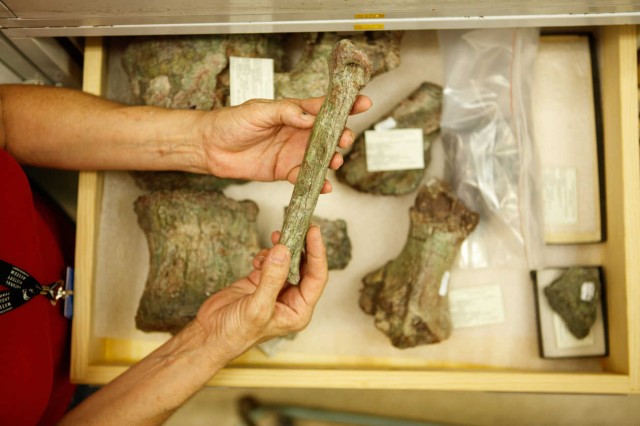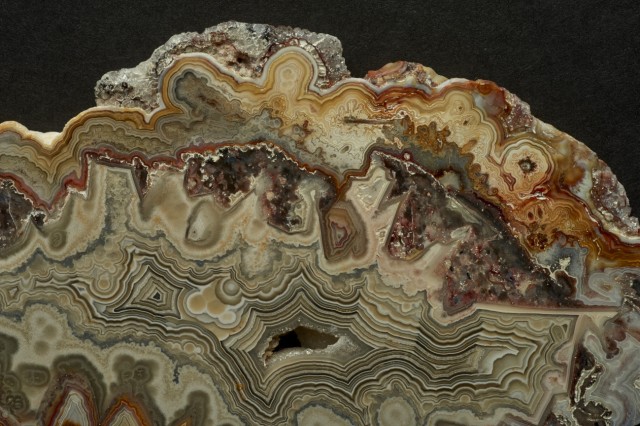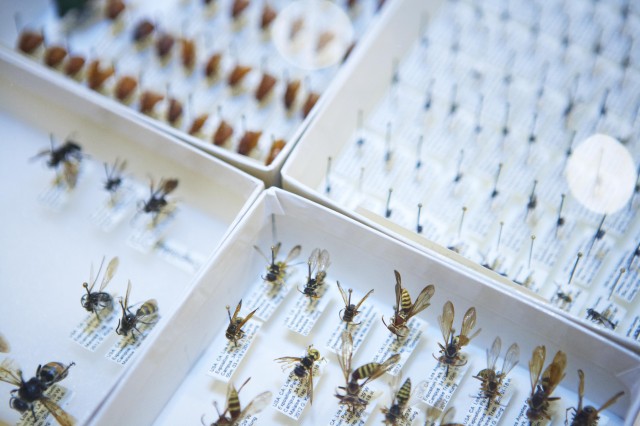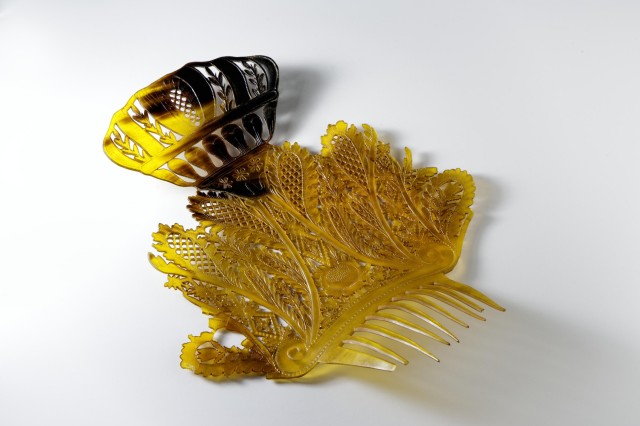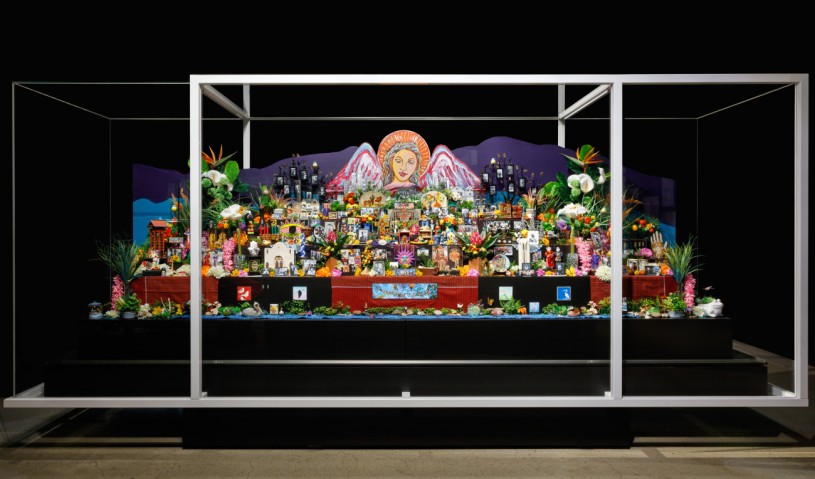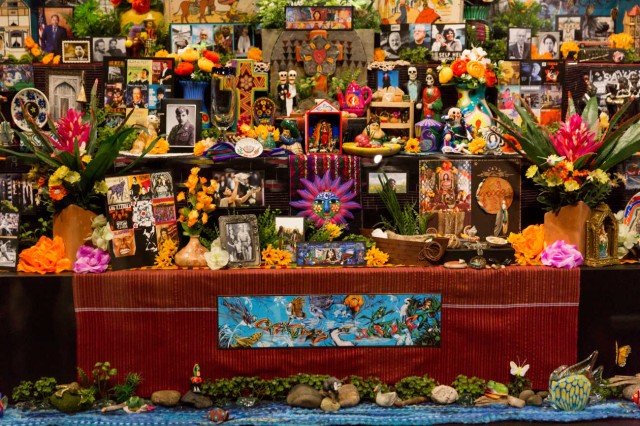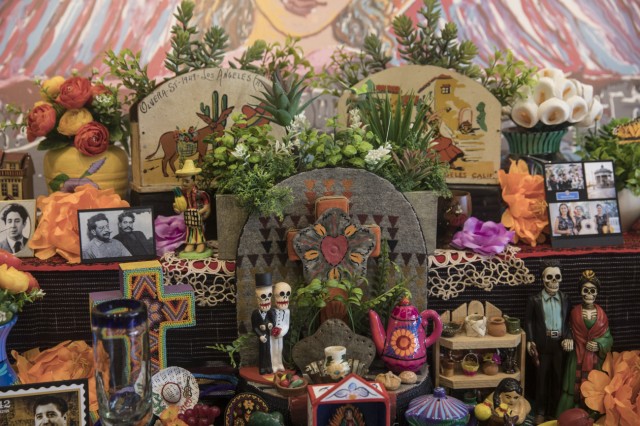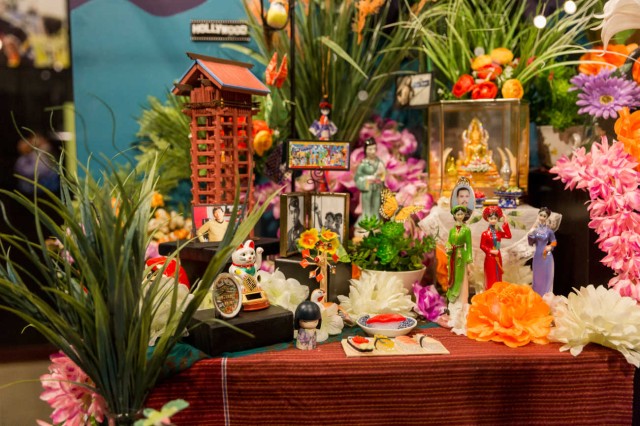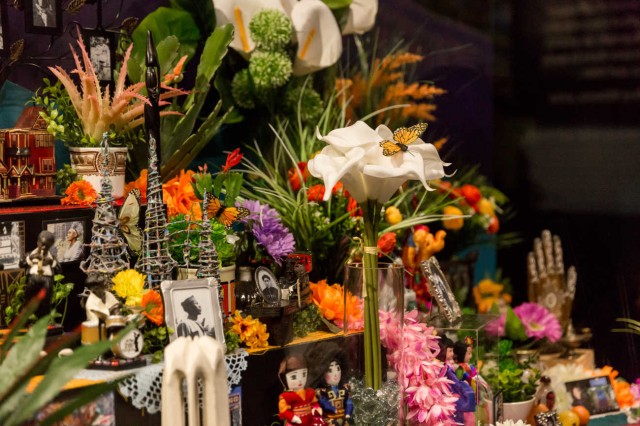Objects Tell Stories
In this activity, learn about why we have collections, look closely at our beautiful altar celebrating the stories of Los Angeles, and think about an object that could represent you and your story!
Why do we have collections?
At the Natural History Museum, we have a lot of stuff! Our collections include over 35 million different objects and specimens which have been carefully collected and preserved (or protected) by our scientists over the last 100 years.
Take a look at some objects from our collections below!
The objects in our collections give us clues about the history of life on Earth. Each one of these objects is important because of the story it can tell.
Many objects to tell many stories
This beautiful collection of objects, displayed in the Museum’s Becoming Los Angeles exhibition is known as an altar, or ofrenda (the Spanish word for “offering”). This altar was created by a local artist, named Ofelia Esparza, to give us a picture of the many different stories that the city of Los Angeles has to tell.
Altars are used in many cultures and often serve as a center of worship or ritual. Esparza used the traditions of altar-making usually associated with the Mexican holiday, Dia de los Muertos, or “Day of the Dead”, to make this altar.
Scroll through the images from the altar below. Do you see an object on the altar that is familiar or interesting to you? What do you notice about it?
An object to tell your story
NHM’s collections tell many stories from the past, but we also continue to collect objects and tell stories of people and nature today.
If the museum was going to add an object to an exhibit (or to our collections) to help tell your story, what might that object be?
Think of an object that could tell a story about you or your family. The object could be something very special, or it could be an everyday item, that tells a story about your daily life! When you have an idea, use this worksheet (or a blank page!) to draw your special object as if it were on display in the museum. You can also write a short description next to it, saying what the object is and what it tells us about you and your story. At the Museum, this is what we call the “label copy”!
